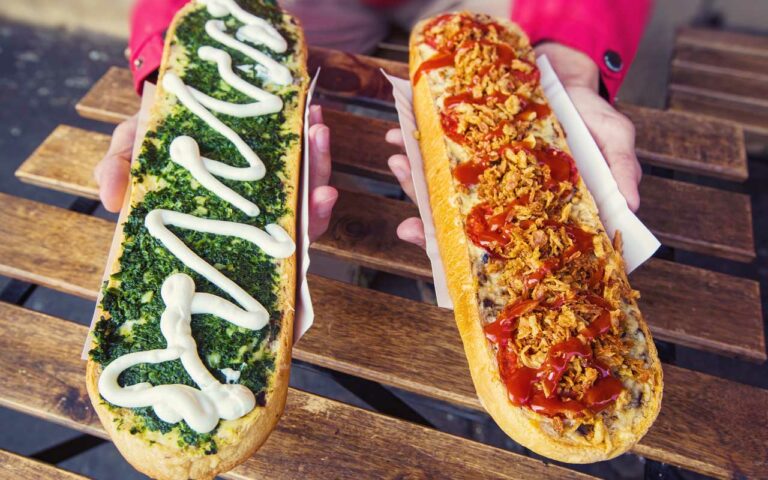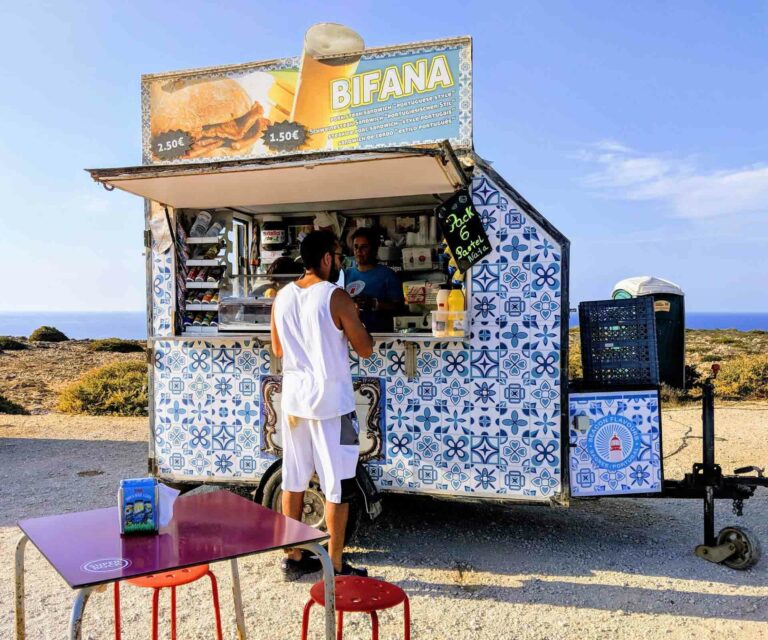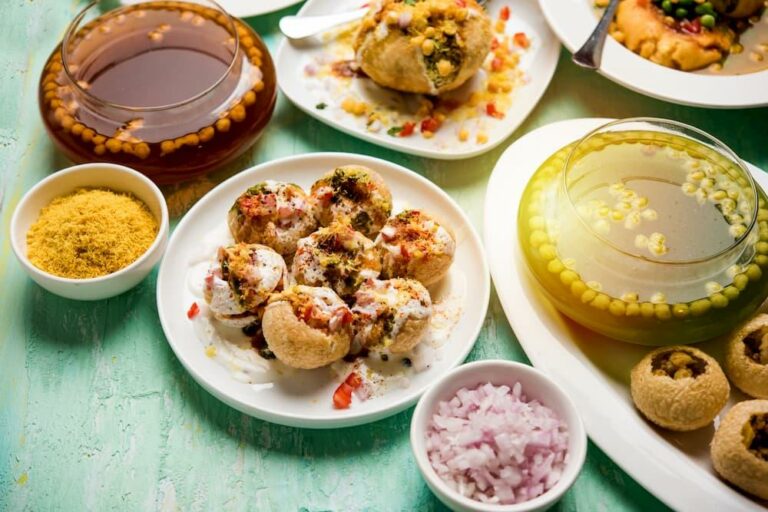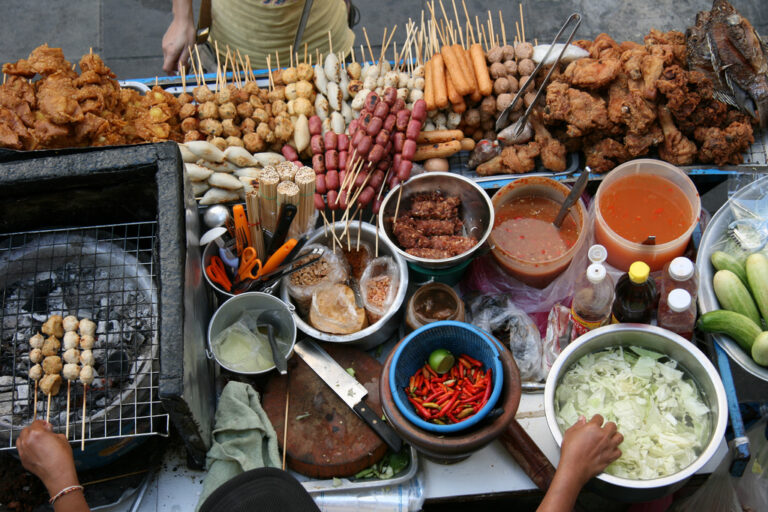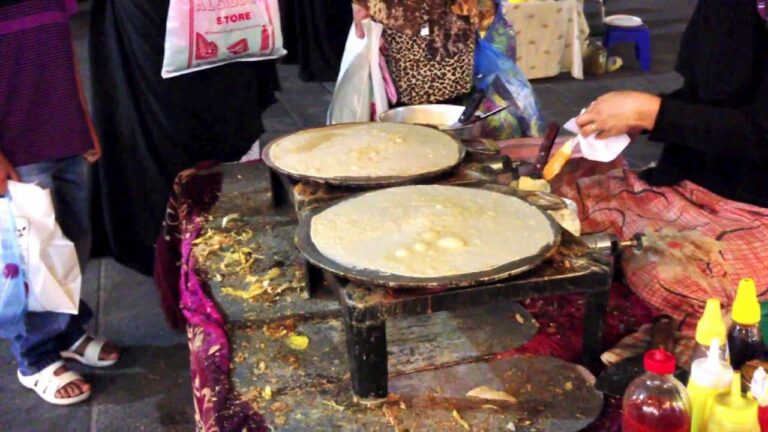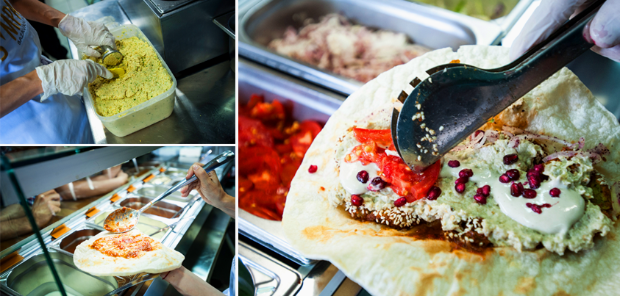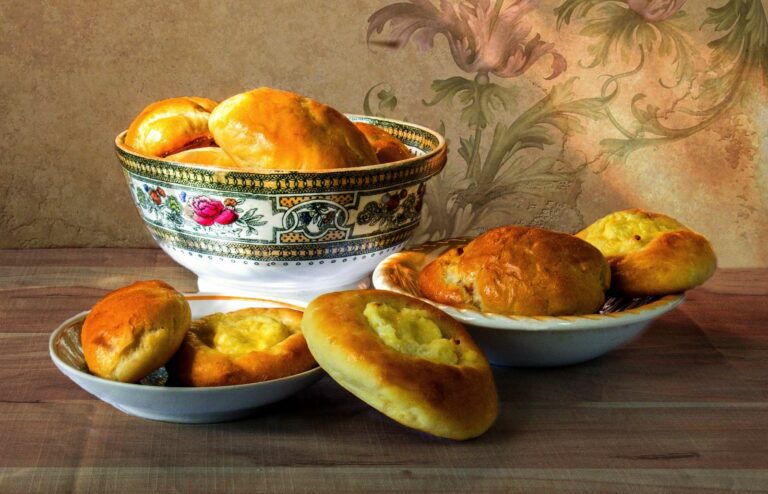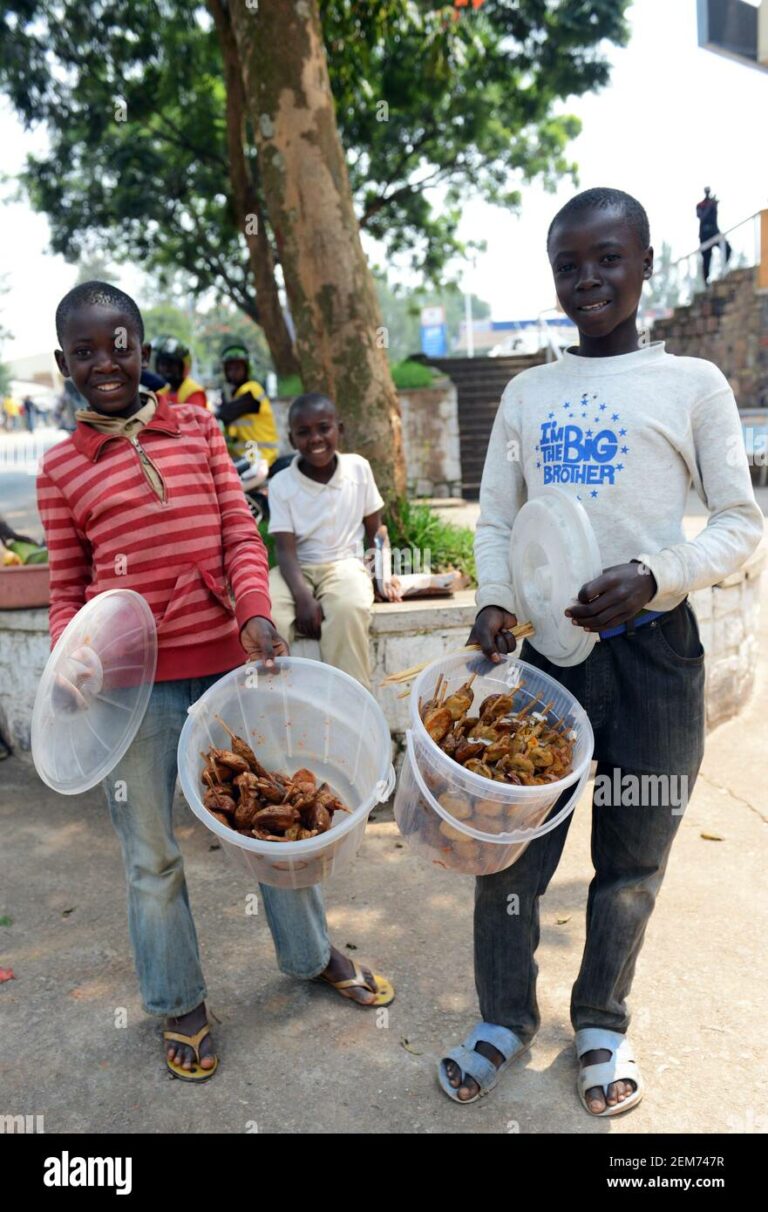Introduction
Polish street food is a unique and diverse cuisine that offers a range of delicious and affordable options for locals and tourists alike. From traditional Polish delicacies to international dishes with a Polish twist, the street food scene in Poland has something for everyone.
In recent years, street food has become increasingly popular in Poland, with food trucks and stalls popping up in cities across the country. Whether you’re looking for a quick snack on the go or a full meal, Polish street food is sure to satisfy your cravings.
Popular Polish Street Foods
Pierogi, a type of dumpling filled with a variety of savory or sweet ingredients, is perhaps the most iconic Polish street food. Other popular snacks include zapiekanka, a toasted baguette with toppings such as cheese, mushrooms, and ketchup, and obwarzanki, a type of ring-shaped bread similar to a bagel.
For those with a sweet tooth, Polish street food offers a range of treats, including paczki, a type of doughnut filled with jam or cream, and sernik, a creamy and rich cheesecake. Polish sausage, or kielbasa, is also a staple of the street food scene in Poland, often served with bread or sauerkraut.
Where to Find the Best Street Food in Poland
The best places to find street food in Poland are in the cities, particularly in the central areas and near popular tourist attractions. Warsaw, Krakow, and Gdansk are known for their vibrant street food scenes, with a variety of food trucks and stalls offering a range of options.
One of the best places to experience Polish street food is at a food market, such as Hala Koszyki in Warsaw or Stary Kleparz in Krakow. These markets offer a range of different foods in one location, making it easy to sample a variety of dishes.
The History of Street Food in Poland
Street food has a long history in Poland, dating back to the Middle Ages when vendors sold snacks and drinks on the streets. During the communist era, street food became more regulated, with vendors required to obtain licenses and sell only certain types of food.
In recent years, however, street food has become increasingly popular in Poland, with a new generation of vendors offering a range of creative and innovative dishes.
Street Food Safety and Hygiene in Poland
In Poland, street food vendors are regulated by the government and must meet strict safety and hygiene standards. Food stalls and trucks must be inspected regularly, and vendors must obtain licenses to operate.
Despite these regulations, it’s always a good idea to exercise caution when eating street food in Poland or any other country. Look for vendors who take care to prepare and store food safely, and avoid eating anything that looks or smells questionable.
Conclusion
Overall, the street food scene in Poland is a vibrant and exciting part of the country’s culinary culture. From traditional Polish dishes to international favorites, there’s something for everyone to enjoy. So if you’re planning a trip to Poland, be sure to sample some of the delicious street food on offer.

